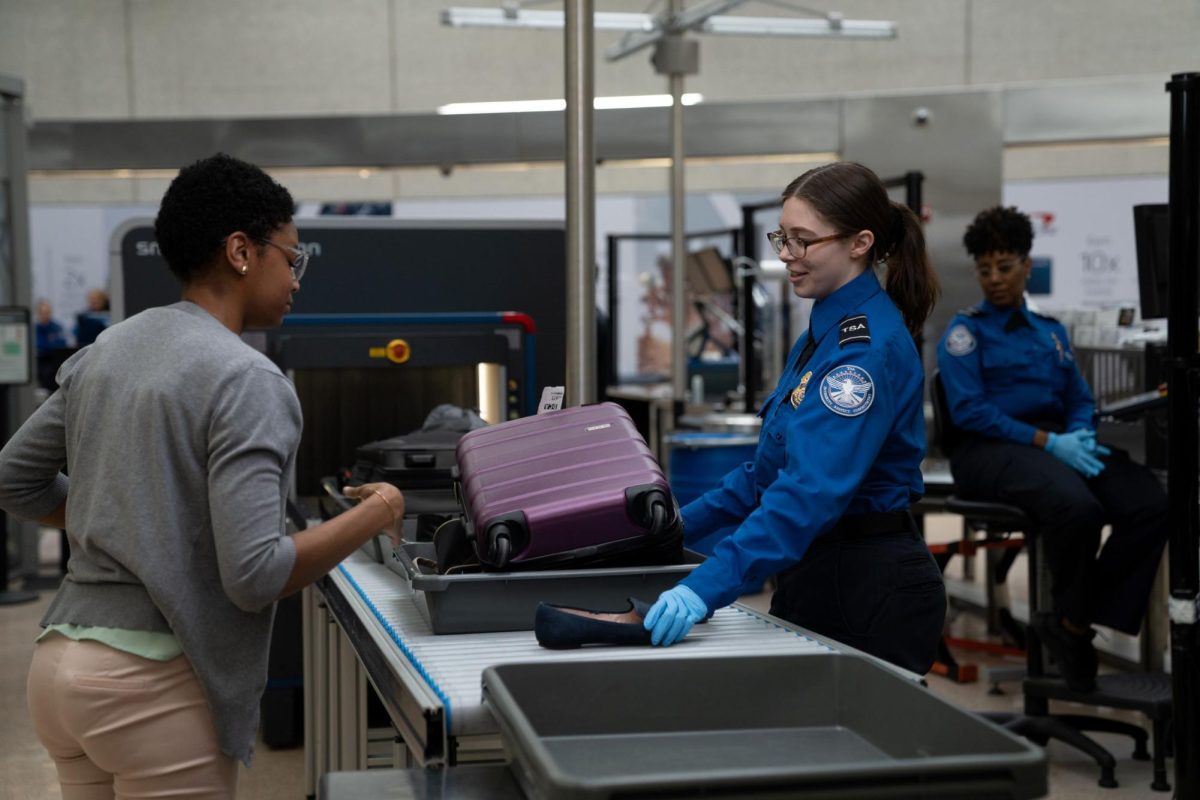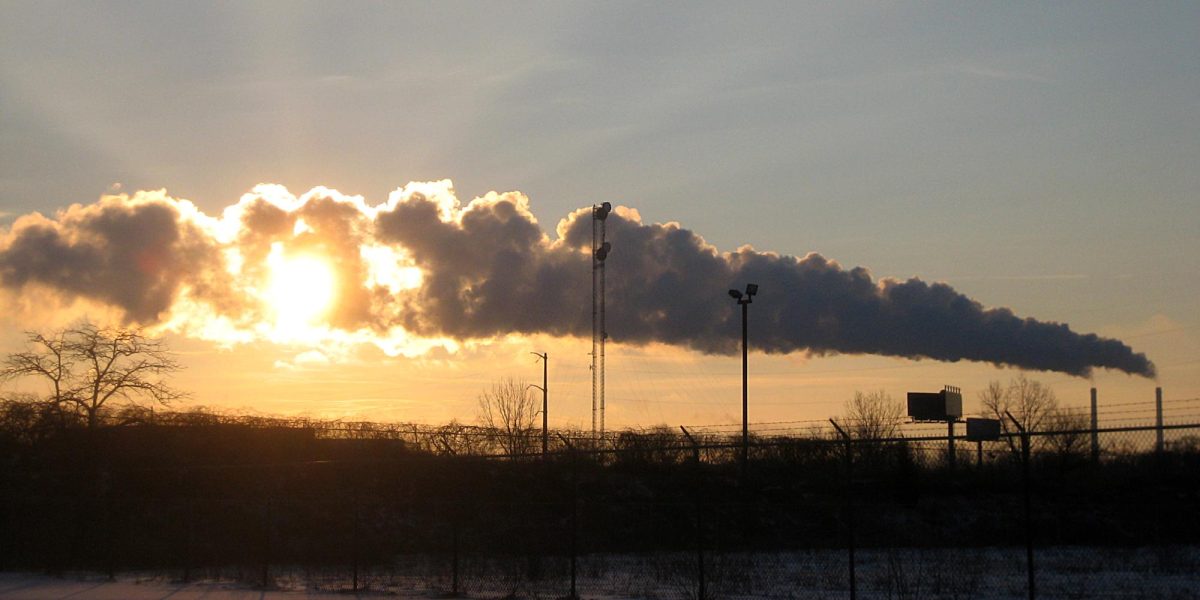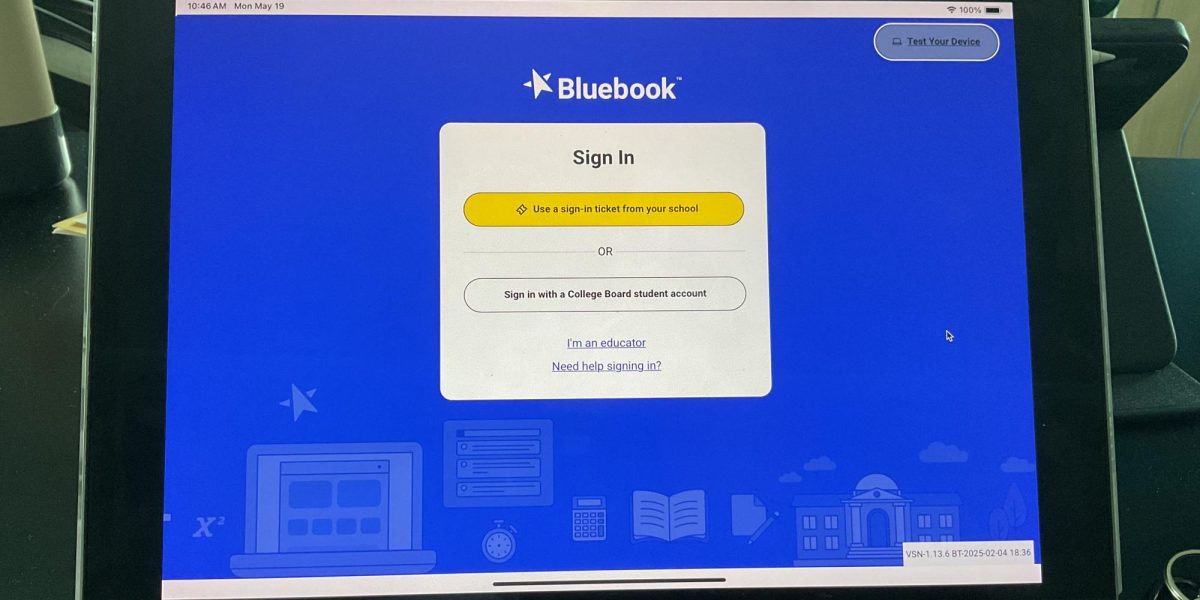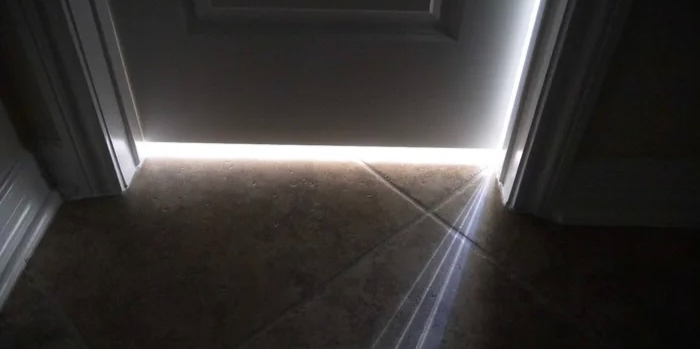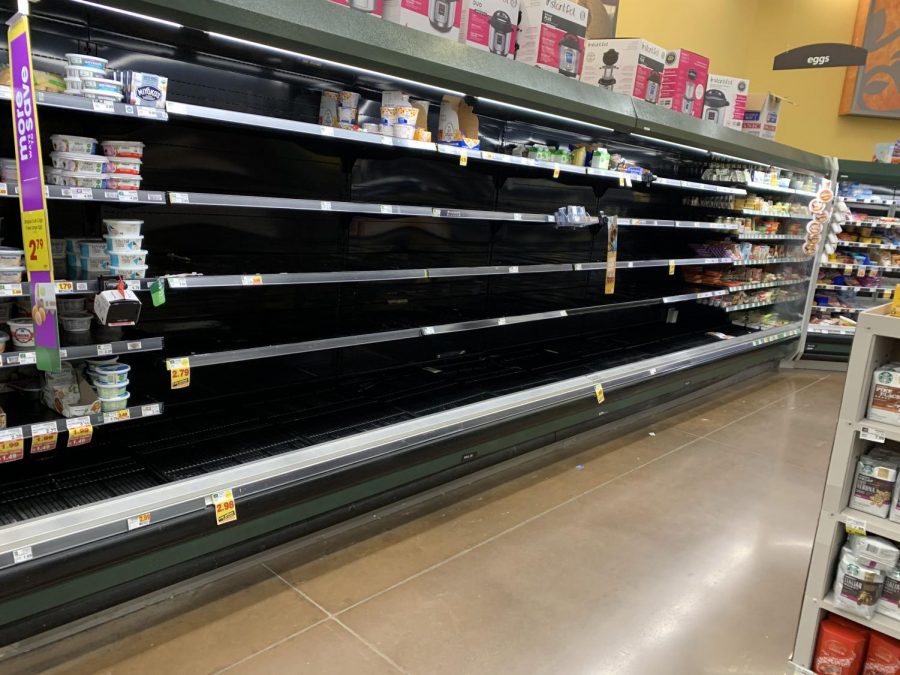Not a Square to Spare
This is why there is still no toilet paper or much else on the shelves
The eggs and dairy shelves of the Firestone King Soopers, my workplace and possibly your grocery store, taken on April 22. Shelves at stores are still empty more than a month after the pandemic started. I’m here to explain what is going on with our inventory and when will the shelves will be full again.
April 23, 2020
Can you imagine what a grocery store looks like with full shelves anymore?
It’s been six weeks since COVID-19 started disrupting our everyday lives. That week saw a rush on grocery stores, and things that flew off the shelves have been slow to return. As the weeks march on, people are starting to wonder when they will be able to get the supplies they need without searching every store in a twenty-mile radius.
I have something to disclose: I work in a grocery store. The King Soopers on Colorado Blvd. in Firestone. So in the middle of the forty hours of work I have as an eighteen-year-old essential employee, I know the answer. It’s a grocery secret that I am reveling to you, the public, in order to help you through these trying times.
I’m going to tell you what happened to the toilet paper.
First, we’ve got to talk about supply chain economics. It sounds hard and like it’s full of math, but it’s actually simple: a supply chain describes how supplies are farmed or manufactured, then processed and packaged, then shipped, then sold by guys like me, and the economic part is the study of how well that chain works or doesn’t work. And right now, they aren’t working.
Why? Let’s start with the original reason we ran out of toilet paper: you people bought it all. The toilet paper supply that we typically carry in store would last a month–it was gone in less than a week. This is because of the mass hoarding of goods that happened in the first couple of days of the pandemic. If everyone had bought like they normally would, stores would have little to no issue keeping the supply chain moving.
However, it’s fair to say that no one was buying like they normally would. A majority of shoppers come to the grocery store at least once a week if not multiple times, but when this pandemic hit, the advice from our government leaders was to have two weeks worth of food just in case. While selfish hoarders made our stock problems worse, we still wouldn’t have had enough for all of our usual customers if they were buying twice as much as they usually do. We don’t keep more than a month’s worth of non-perishable groceries in our stock room, so when a rush happens, we run out.
It didn’t used to be this way. In the 1940s and 1950s, most grocery stores would carry three to six months worth of important non-perishable items like canned food, pet food, and yep, toilet paper. But in the 1960s and 1970s, more products started to be sold in the grocery store. It would be impossible to store three months worth of everything we sell, so stores began to reduce the amount of stock in order to save space. In the 1980s and 1990s, digital ordering became popular–so this means when you scan a barcode, it not only puts the item on your bill but it tells or computer we sold part of that inventory, and when we sell enough, the computer orders more. To stay profitable, stores cut down how much the computer orders at a time even though that left no slack in the supply chain. Finally in the 2000s, bulk purchasing became popular. Did you know toilet paper used to be sold by the single roll? That changed with multipacks, which were easier to inventory for computers but harder to ration in a situation like this. We could have easy limited every customer to two rolls per visit and been fine, but we can’t sell like that anymore.
Oh, and one other reason we ran out so fast: a few days before the pandemic, our King Soopers was going through an inventory check. This is when everything is manually counted for and compared to what the computer says we should have. To make this easier, we ordered light that week, so we actually had less than we usually do. Bad timing, am I right?
So that explains why we sold out, but why aren’t we getting any more? Let’s look up the chain to delivery. Most times when items run out everywhere, it’s because of a blizzard or other localized event. So we order extra supply shipments from places that are not experiencing whatever we are (f.y.i., your toilet paper comes from either Pennsylvania, Georgia, or Canada). The problem is that every store across the US is out of some staples, meaning there aren’t enough delivery trucks to get the product to us. At the beginning of the pandemic, maximum load sizes pushed three hundred with no way to go over that number because of limits on shipping. Truck drivers who deliver the product are also only able to operate their truck for eleven hours–after that, they have to be off for ten hours to help prevent accidents on the road. This caused conflict early on in this crisis because loads that were ready at the warehouse could not move because they did not have any drivers available.
Speaking of the warehouse, they dropped the ball here too. Lots of warehouses either cannot make the product because they are deemed non-essential or don’t have the infrastructure in place to protect their workers (like the JBS meatpacking plant up in Greeley–they just got shut down after over thirty workers tested positive and three people died from the virus). Other can’t get the raw material to make new product. Let’s look at toilet paper specifically” it’s made of paper (duh), which comes from wood pulp, which comes from trees. According to Vox, most of those trees come from Canada, and right now, we don’t have the best relationship with Canada over how we’ve stopped shipping medical supplies to Canada earlier this month–even supplies they already paid for. So with no raw material, the factories can’t produce much.
Still, there’s good news. Toilet paper factories are still producing for now, and some are even going back to single roll packages. The toilet paper that stores are receiving is starting to last longer throughout the morning so people do not need to visit the store and stand in line waiting for the store to open. These are often our elders only hours anyway, and while I won’t be rude or refuse service to anyone coming in that early who’s too young to remember what Nixon was like as a president, I’d like to point out that we have those hours for a reason and it’s up to all of us to save as many Nanas and Pop-Pops as possible. The point is that things are getting better: load sizes, for example, are no longer being regulated, with some load sizes pushing upwards of a thousand cases for the dairy department. These are great steps for filling up the store (and keeping me maxed out on hours stocking shelves), but what we see today will still sadly be normal for a few more months.
As an employee of your local King Soopers, I want to assure you that we are doing the best we can to get items back on the shelves, and that while the store will continue to fill up, we won’t be fully stocked again for a while. It’s not even any one person’s fault (except the woman who bought 200 rolls on March 12–you sicken me, Karen!) but the fault of a system that was not made for this type of crisis. But trust this from someone who is on the front lines of this every day: it is getting better. Before long, we’ll hopefully have all the hand sanitizer you can want, all the meat you can cook, and enough toilet paper to wipe away all your frustrations from COVID-19 shortages.



